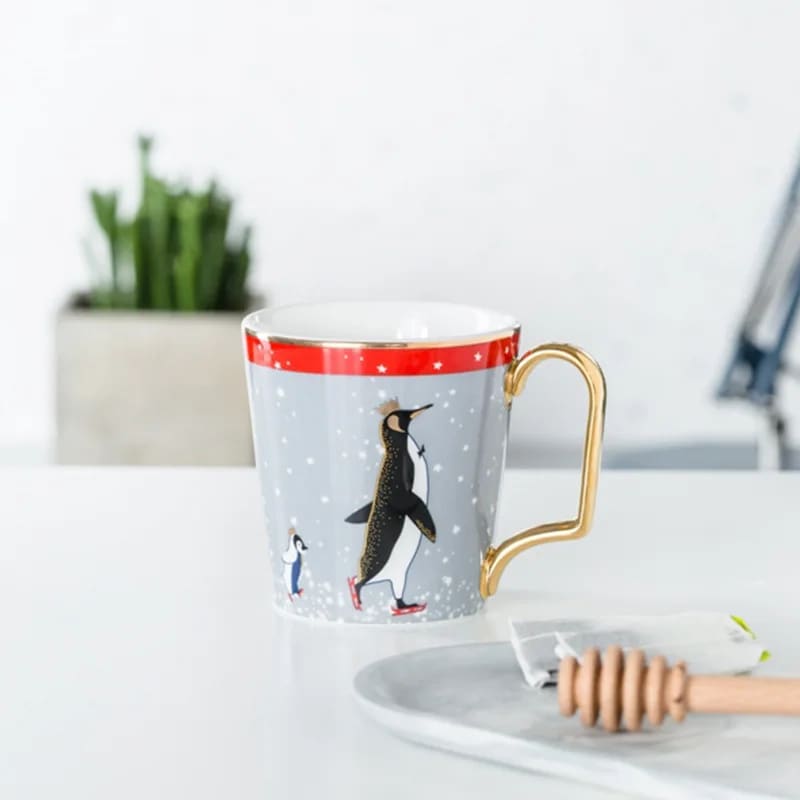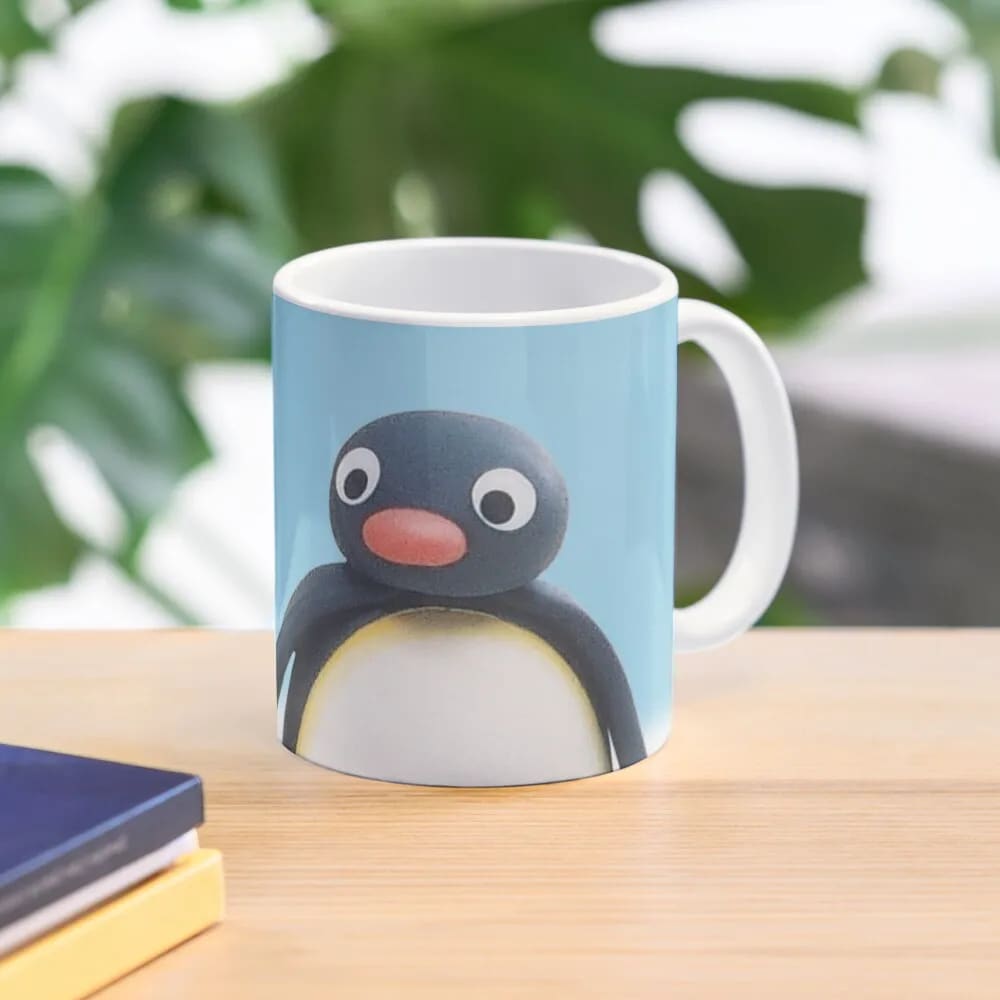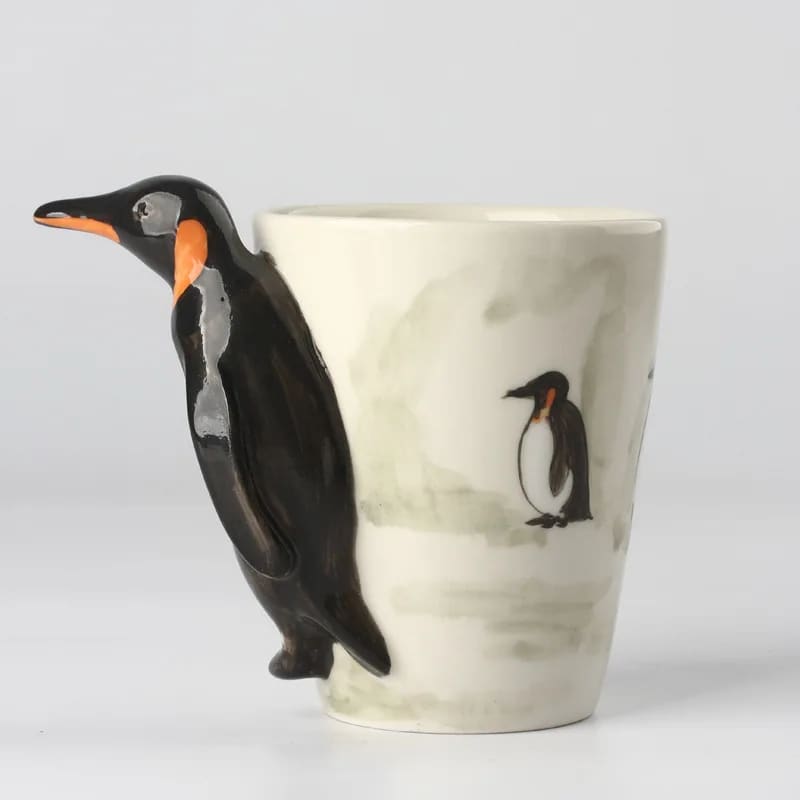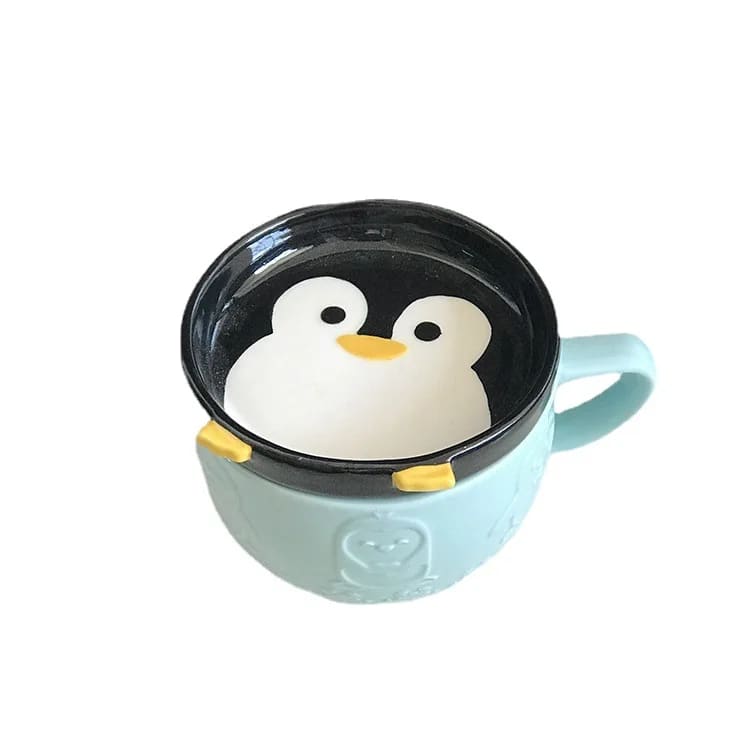What is the lifespan of a penguin?
Penguins are fascinating creatures that captivate both young and old with their waddling walks and tuxedo-like appearances. But have you ever wondered how long they live? In this article, we will explore the lifespan of penguins and uncover the secrets behind their longevity.
Key Factors that Affect Penguin Lifespan
Penguin lifespan can vary depending on several key factors. The first and most apparent factor is the species of penguin. Different species have different lifespans, with some living longer than others. Another factor is the quality of their habitat. Penguins thrive in cold regions, and any change in their natural environment can adversely impact their longevity.
Additionally, the presence of predators plays a significant role in penguin lifespan. Those living in areas with few or no predators tend to live longer. Lastly, availability of food and resources is crucial. Penguins rely on a healthy and steady food supply, and any disruption can affect their lifespan.
1. Species of Penguins
The lifespan of penguins ranges from species to species. While some penguins may only live up to 15 years, others can survive for decades. The Emperor Penguin, for example, is known to have the longest lifespan, with some individuals reaching up to 50 years old. On the other hand, the Galapagos Penguin has a shorter lifespan, with most individuals living for around 15-20 years.
One of the reasons for this variation in lifespan is the difference in environmental conditions and habitats across different species. Emperors breed and survive in the harsh Antarctic environment, where they face extreme temperatures and long periods of fasting. In contrast, Galapagos Penguins live in a milder climate, which may contribute to their shorter lifespan.
2. Impact of Predators
Predators pose a significant threat to penguins and can influence their lifespan. Penguins that reside in areas with high predator populations, such as leopard seals or orcas, tend to have shorter lifespans. Predators not only directly kill penguins but also create stress and disturbances that affect their overall health.
However, some penguin colonies are fortunate enough to live in predator-free zones, allowing them to live longer lives. These colonies can focus on feeding, breeding, and raising their young without the constant threat from predators. As a result, they can reach their maximum lifespan.
3. Environmental Changes
Penguins are adapted to their specific habitats and rely on the stability of their environment to thrive. Any significant changes, such as climate change or habitat destruction, can have detrimental effects on their lifespan. As their habitats become disrupted, penguins may struggle to find adequate food, suitable breeding grounds, or safe places to raise their chicks.
Climate change particularly poses a threat to Antarctic penguins, as it affects sea ice formation and alters the food chain. Changes in ocean currents can also impact the availability of food, leading to population declines and shorter lifespans for penguins.
Reproduction and Aging
Penguins have unique reproductive strategies that contribute to their lifespan. Most penguins mate for life, forming strong bonds with their partners. This long-term monogamy allows them to focus on raising their chicks together, improving the chances of survival for the next generation.
As penguins age, they become more experienced parents. By the time they reach their reproductive prime, usually around 3 to 8 years old, they have honed their parenting skills, leading to higher chick survival rates. The combination of experience and strong family bonds contributes to the overall longevity of penguins.
1. Challenges of Raising Chicks
Raising chicks is no easy task for penguins. Parents must protect their eggs and chicks from extreme weather conditions, predators, and starvation. During this period, both parents take turns incubating the egg or caring for the chick, allowing each to rest and replenish their energy.
This division of labor helps reduce stress and ensures the survival of the offspring. However, it also places additional demands on the parents, which can ultimately affect their overall health and lifespan.
2. Molting and Renewal
Penguins undergo an annual molting process, shedding their old feathers and replacing them with new ones. This renewal not only helps them maintain their waterproofing but also provides an opportunity to replenish their nutrient stores.
During molting, penguins cannot swim or feed, as their new feathers are not yet fully developed. They must fast and stay on land until their plumage is ready. This period of vulnerability can be challenging, especially if food resources are scarce or if predators are present. However, molting is a necessary process for penguins' continued survival and longevity.
The Role of Captivity and Conservation
In captivity, penguins may have different lifespans compared to their wild counterparts. The absence of predators and the availability of consistent food and medical care can contribute to increased longevity.
However, it is essential to note that captivity can also pose challenges to penguins' physical and mental well-being. Adequate care and enrichment programs are crucial to ensure their overall health and quality of life.
1. Conservation Efforts
Conservation organizations play a vital role in protecting penguins and their habitats. By establishing marine protected areas and monitoring populations, these efforts aim to safeguard their food sources and breeding grounds.
Conservation also helps mitigate the impact of climate change and human activities on penguins' lifespans. By raising awareness, implementing sustainable practices, and advocating for policy change, we can contribute to the long-term survival of these beloved creatures.
2. Research and Monitoring
Scientists and researchers continuously study penguins to better understand their lifespan and the factors that influence it. They use tracking devices, genetic analysis, and population surveys to gather data and inform conservation strategies.
Monitoring penguin populations provides crucial insights into the effects of climate change, habitat loss, and other threats. It allows researchers to identify areas in need of protection and guide management decisions to ensure a sustainable future for penguins.
By Understanding Lifespan, We Can Protect Penguins
Penguins have evolved to thrive in some of the harshest environments on Earth. Despite the challenges they face, they can live remarkably long lives. By understanding the factors that influence their lifespan and working toward their conservation, we can help ensure the survival of these incredible creatures for generations to come.




























